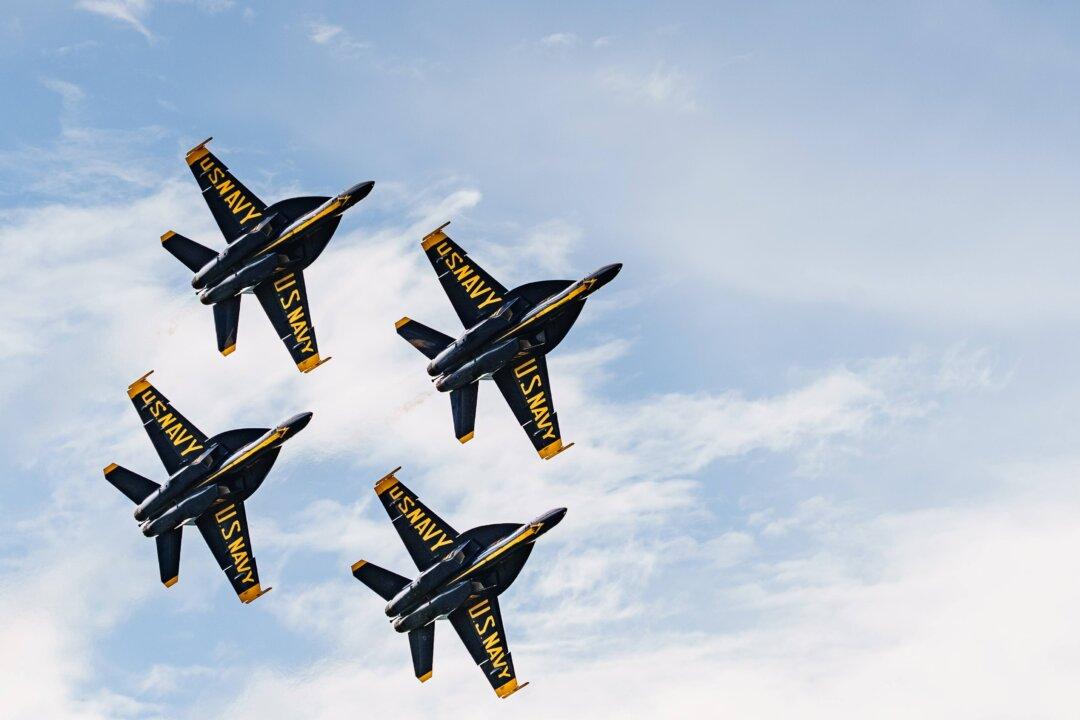The crowd erupted as a sleek silhouette appeared in the distance. “Ladies and gentlemen,” the announcer hollered, “the F-15 Eagle.” The crowd’s noise drowned in the cry of the twin turbofan engines as the fighter jet bolted past the audience. The show was on.
For the ninth time, the Stewart International Airport in Orange County hosted the New York Air Show, packed with civilian and military performers. Both shows on June 24–25 drew tens of thousands, attracted to the acrobatic feats of the specialized propeller aircraft as well as the power and precision of the military demonstrations.





